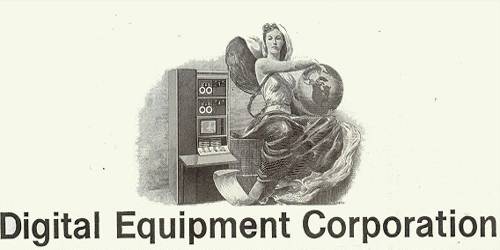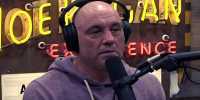Digital Equipment Corporation was a major American company in the computer industry from the 1960s to the 1990s using trademark digital. Most of the collections were collected and created during the years of the company operating from 1957 to 1998. Founded by engineers Ken Olsen and Harlan Anderson, DEC was one of the largest and most successful computer companies in the history of the industry. Olsen was president until the company was forced to resign in 1992 after a relentless collapse. Digital was founded by Kenneth Olsen and Harlan Anderson electronics engineers at the Massachusetts Institute of Technology (MIT), the idea of building a family of high-performance low-cost computers that can take data from a wide range of scientific instruments and analyze data. The company built multiple machines known as the PDP line, with the PDP-8 and PDP-11 among the most successful minis of all time. Their success surpassed only another DC product, the VAX “Supermini” systems of late 1970 that were designed to replace the PDP-11. For example, the TX model built by Olsen during Lincoln’s PDP-1 project incorporated the transistor-driven core memory design of computers, and improved the machine’s time-sharing capabilities on whirlpool computers – that is, the ability to use multiple people at a time. This skill made the PDP the first machine employed for multicooker computer games when MIT students created Spacewar In early 1960.
In the summer of 1957, Ken Olsen called American Research and Development (ARD), a Boston-based capital company, for 70,000 to establish a computer company. The PDP line of computers has been developing digital for almost 20 years. The PDP-8 was the first minimalist computer to achieve significant market success. As microcomputers developed in the late 1980s, especially with the introduction of RISC-based workstation machines, the niche of minicomputer performance deteriorated rapidly. As a result, Olsen decided that the company would be formed into a team of product line managers. In this model, the product line manager becomes an entrepreneur within the company and competes with other teams for a centralized production and sales force. The whole PDP line had advanced features that applied to different technology markets. PDP-11, for example, introduced in 1970, was the first computer to ship a separate data communication path known as UNIBS, which did not require the use of central processing unit resources to remove data inside the system. At the time of purchase, parts of DC were sold to other companies; The compiler business and the Hudson, Massachusetts facility were sold to Intel. At the time, Compaq was focusing on the enterprise market and had also recently bought several large retailers. However, the success of digital in the 1980s did not continue into the next decade. In the United States, hit hard by the general economic downturn in 1991-92, Hewlett-Packard, and the digital loss market share to Sun, the companies that acquired the private UNIX operating system have created far more software applications than digitally owned VMS. This matrix company, as mentioned, is responsible for the mass production of products for more than the next 15 years. The company developed more than 20 new product lines in the mid-1970s. However, Compaq had no idea what to do about the acquisition and soon found itself in financial trouble. The company merged with Hewlett-Packard (HP) in May 2002.
Although it ultimately failed as an organization, DC retains its legacy as a pioneer in computer technology. HP continues to sell products derived from DC technology, such as OpenVMS, under its own branding. As of 2012, decades-old hardware (including PDP-11, Wax, and Alpha Server) is being mimicked to continue to benefit from long-written software; Funding for this will last at least until 2030.














